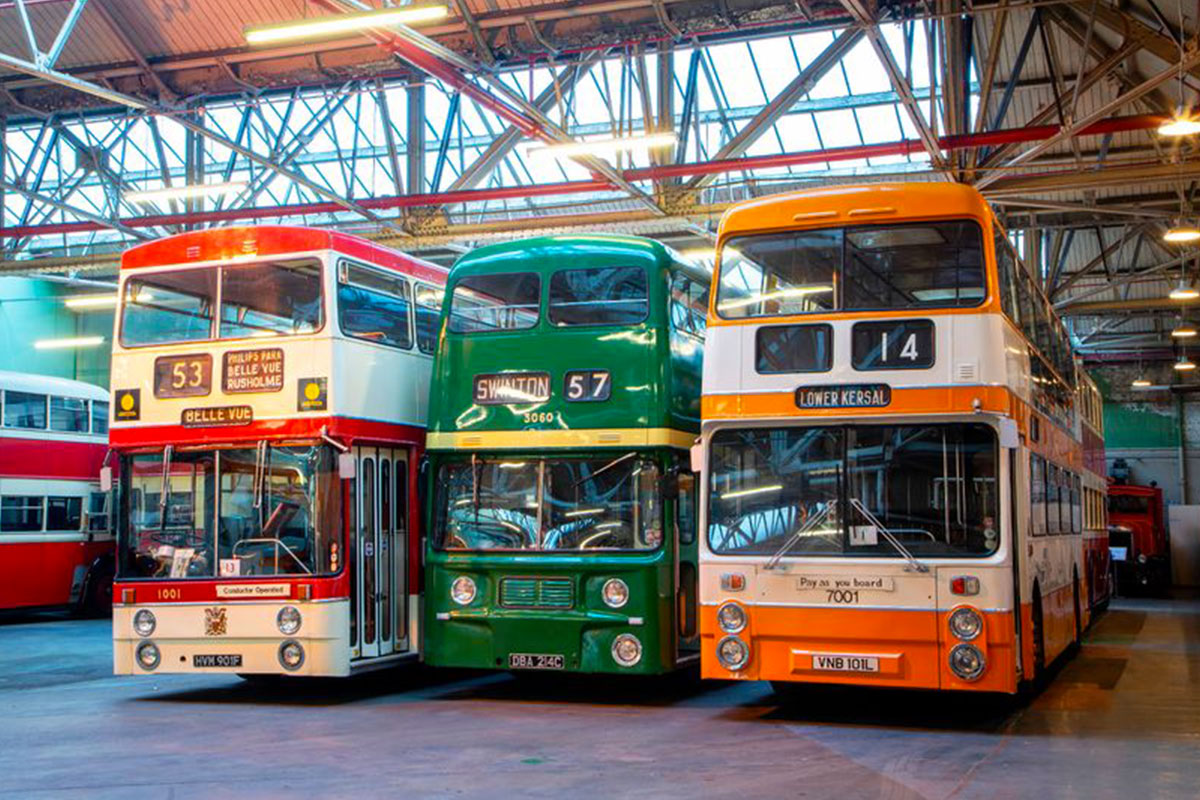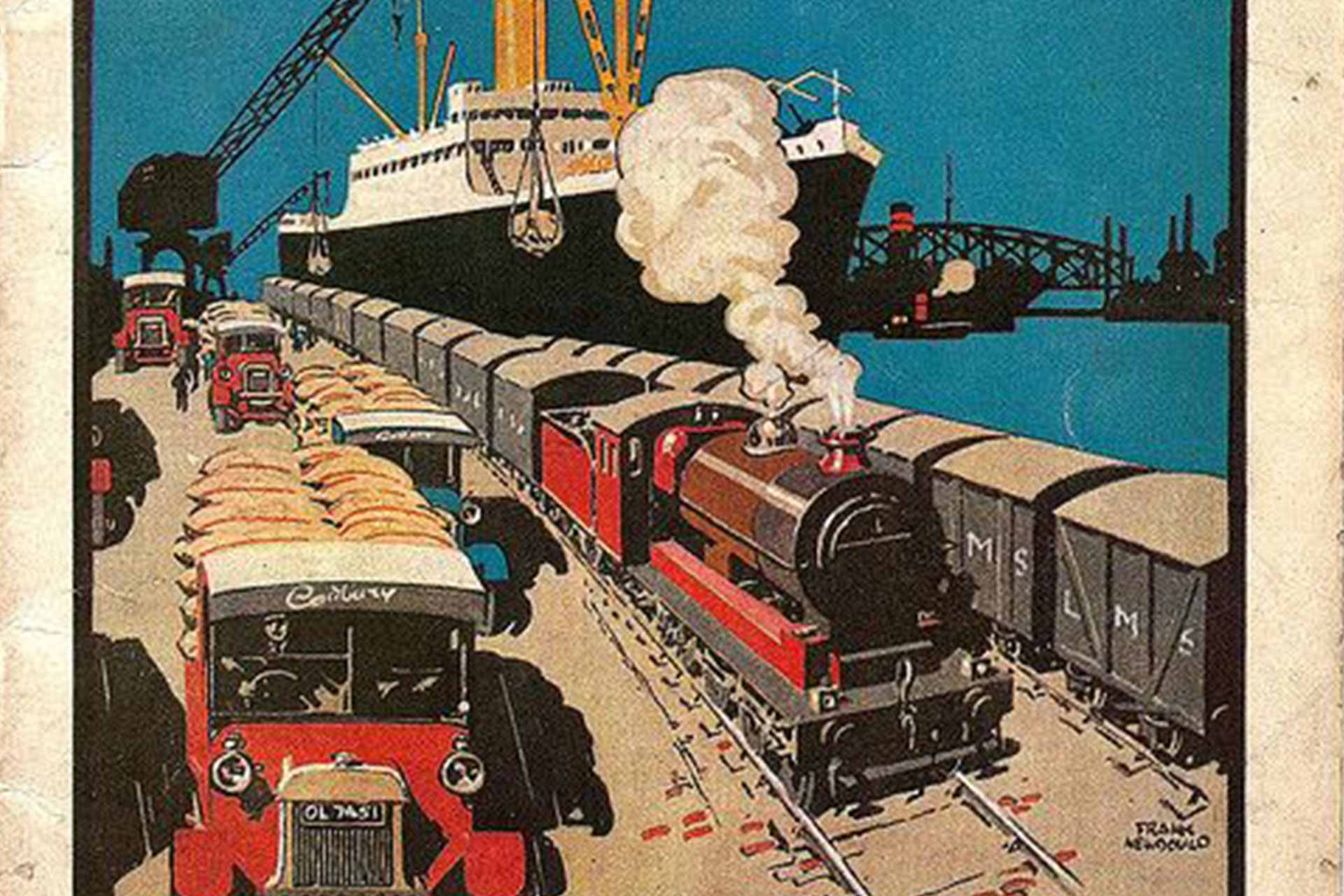Of the 580 billion passenger kilometers that were traveled in Great Britain in 2020, ninety-two percent were made by cars, vans, and taxis, down twenty-seven percent from 2019’s level
The daily lives and wellbeing of communities are impacted by access to efficient transportation or lack thereof. It is therefore a vital duty of any local, regional and national authority and government to provide people with safe, reliable, and accessible public transportation.
As we face the effects of the ongoing climate crisis, which the authorities should be working on mitigating to ensure the safety of their fellow citizens, public transport ought to adhere to high standards both in terms of social and environmental sustainability.
How does transport affect climate change in the UK? Trends and emissions
According to the figures released by the British Department for Transport in the ‘Transport Statistics Great Britain: 2021’ report published on 16 December 2021, in 2020, 580 billion passenger-kilometers were traveled in Great Britain, marking a thirty-three percent decrease compared to 2019.
Ninety-two percent of the total passenger kilometers traveled in Great Britain were made by cars, vans, and taxis. The number of passenger kilometers traveled by cars, vans, and taxis have been increasing in the UK since 1960 when the number of passenger kilometers amounted to 139 billion.
Since then, that number has risen, marking an all-time high of 738 billion in 2019. In 2020, the total passenger kilometers traveled in Great Britain by cars, vans, and taxis declined to 536 billion. This is down twenty-seven percent compared to the previous year’s level, the starkest decline in distance traveled for this mode of transport in this series.
According to the British government’s report, in the United Kingdom, the transport sector remained the largest emitting sector in terms of greenhouse gases (GHG) in 2019. The domestic transport sector alone, for that year, generated 122 million tonnes of carbon dioxide equivalent (CO2-eq), marking a two-percent decline from 2018’s level. In the same year, road transport generated twenty-three percent of the nation’s domestic nitrogen oxide emissions.
In 2020, the average number of trips made per person in England amounted to 739 trips, undertaken across both private and public transport modes. This is down twenty-two percent compared to 2019. In that same year, private transport accounted for 694 of said trips, making up ninety-four percent of the total average number of trips made per person.
How to reduce emissions from traffic? The Green Alliance report
The report, ‘Not going the extra mile: driving less to tackle climate change’, was elaborated by Green Alliance’s senior policy adviser, Helena Bennett, and the charity’s head of climate policy, Caterina Brandmayr. The report highlights that the British government cannot meet its transport emissions targets by switching to electric vehicles alone. To achieve the targets, authorities should pair this switch with efforts made to reduce car traffic, a significant contributor to carbon emissions.
The authors further argued that the needed reduction of the emissions generated by transport would require a combination of switching to electric vehicles (EVs) and reducing traffic. The switch to EVs will give a significant contribution to emissions savings. However, a fast uptake of EVs is needed to meet the emission target for 2030. Their uptake will have to undergo a strong increase over the next ten years to reach the Climate Change Committee’s (CCC) recommended decarbonization pathway.
The introduction of traffic reduction measures would ensure that the United Kingdom can reduce emissions to necessary levels. It would also secure emission reductions in case of slow electric vehicle sales. Traffic reductions would benefit the health and wellbeing of communities, as forty-six percent of low-income households don’t have access to a private mode of transport and have to rely on public transport. Therefore, by improving public transport, their mobility would improve as well.
According to the report, there are numerous ways the government could aid local authorities in reducing traffic. These include giving local governments the means to roll out more charging infrastructure, improving connections between areas and funding and supporting these infrastructures. Additionally, this would also work in prioritizing public transport and active travel in new developments as part of planning reforms and allocating more long term funding for local authorities to invest in active travel.

Does the UK have good transportation? Centre for Cities’s report
Regarding the quality of urban public transport commutes, British cities are falling behind their European counterparts. In fact, according to the report, ‘Measuring up: Comparing public transport in the UK and Europe’s biggest cities’, written by Guilherme Rodrigues and Anthony Breach from the British charity Centre for Cities, commutes to city centers are more accessible and faster than in the United Kingdom.
From their research, it has emerged that about sixty-seven percent of people living in large European cities can reach the city center by public transport within thirty minutes. In comparison, only forty percent of those living in big British cities can do so. Substandard urban transport affects the finances of people and communities, as it impacts people’s access to job opportunities. It makes Britain’s largest cities smaller than their European counterparts, with a yearly cost for the British economy amounting to more than twenty-three-point-one billion Pound sterling (GBP).
The structure of British buildings and the country’s reliance on terraced and semi-detached housing is a factor that is preventing people from living close to urban public transport. The low-rise that characterizes big British towns decreases the number of inhabitants living near city centers, reducing the efficiency of networks and commuting by public transit.
How to improve connectivity in the United Kingdom’s largest cities
The charity’s analysis has highlighted the tools that the central and local governments can use to improve connectivity in the United Kingdom’s largest cities. These include investments in new infrastructures to expand public transport networks where it is needed, a reform of the planning system to ease the shift from a low-rise to a mid-rise built form in big British cities, and the implementation of Local Development Orders to get more homes built near existing public transport.
Anthony Breach is a senior analyst in the research team of Centre for Cities, whose work focuses on housing and planning. He explains: «Cities are key for the environment because by sharing land and infrastructure, they reduce the pressure that human civilization puts upon the natural world. By having a concentration of jobs, people and having homes within a particular place, we make it easy for people to see each other, to have social interactions, to do their work with minimal cost to the wider environment and allowing greater protection for natural areas, but also the global climate.
«We’ve done some analysis that shows that the non-urban residents of the UK make about six tonnes of carbon every year, whereas the average urban resident probably makes about four tonnes of carbon every year. That’s mostly down to density, and the fact that people who live in cities have lower transport emissions because taking public transport is easier and more reliable within urban areas. But even within cities, even denser cities have lower carbon emissions when it comes to transport than the more sprawling cities. Take for example Telford, a new town in the Midlands and sprawling in its own form, versus Oxford which has lots of cycling in it and a quite dense urban form».
«The average carbon emissions in terms of transport for residents at Telford will be about one-point-eight tons a year, whereas, in Oxford, it’s about zero-point-nine tons every year. So the urban form makes a big difference to how people use transport because transport is spatial. We often talk about investments in public transport in the UK as crucial to not just to achieving environmental objectives, but also economic objectives as well. We often talk about this problem in terms of the supply of public transport infrastructure, but we don’t talk that much about the demand for public transport and how easy it is for people to access public transport and get to where they want to go».
Green Alliance
London-based independent think tank focused on ambitious leadership for the environment active since 1979.
Centre for Cities
A think tank dedicated to improving the economies of the UK’s largest cities and towns.



















